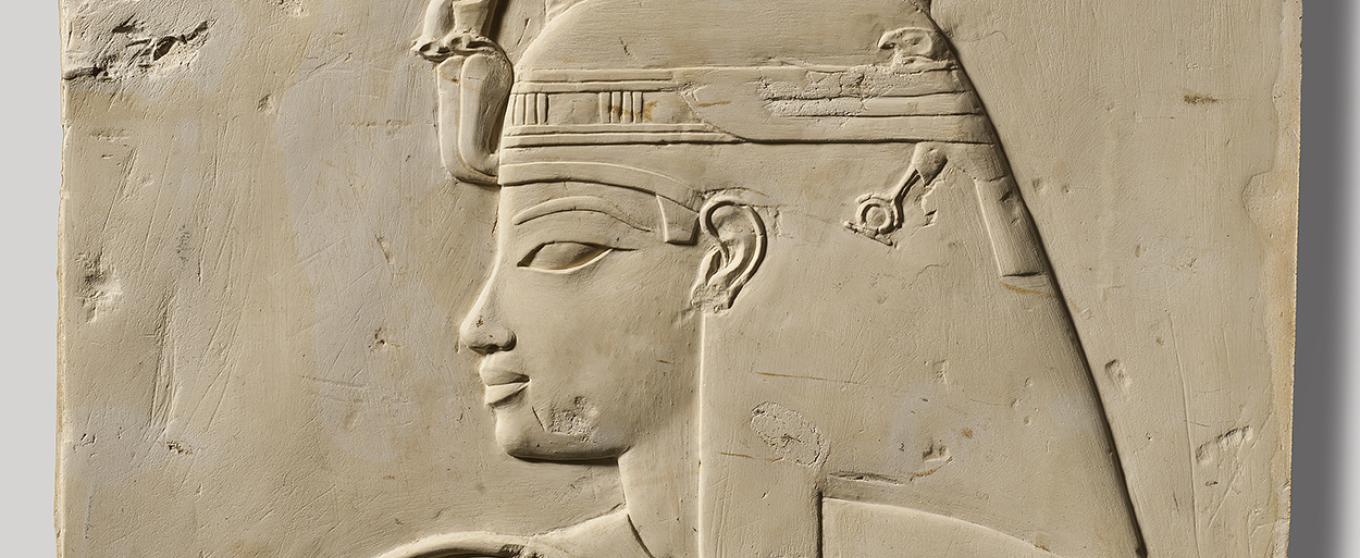
Egypt
Mummies, hieroglyphs, exquisite jewelry, statues of gods… Ancient Egypt remains fascinating. Discover a world-renowned collection at the Art & History Museum.
History of the collection
Unlike the largest European museums, which began assembling relics from the pharaonic past at an early stage, the Art & History Museum in Brussels started relatively late to form its Egyptian collection. Its first core of objects was acquired around 1850. During the second half of the 19th century, the collection was expanded through the purchase of G. Hagemans’ collection in 1861 and the donation of E. de Meester de Ravenstein in 1884.
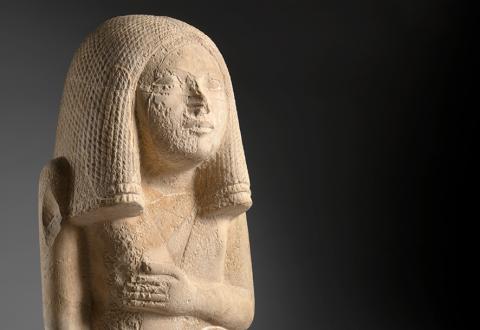
Mummies
Linen wraps, mummy masks, amulets, canopic jars, sarcophagi… Discover the art of mummification, traditionally carried out by priests, although dry desert sand could also preserve bodies effectively, as the “Mummy of the Embroideress Euphemia” demonstrates.
Some mummies from a set donated to the Museum in 2023 are currently being restored and scientifically examined at the War Heritage Institute
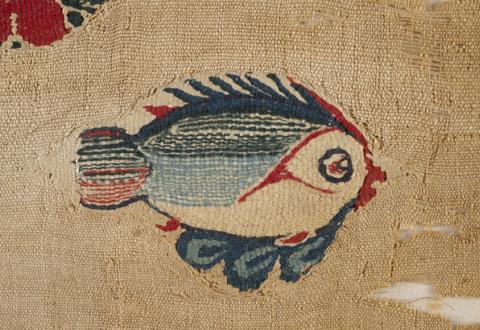
Funerary monuments
A masterpiece of the Egyptian collections, the mastaba of Neferirtenef, made of limestone and beautifully decorated, provides insight into the life and death of a scribe from the Old Kingdom.
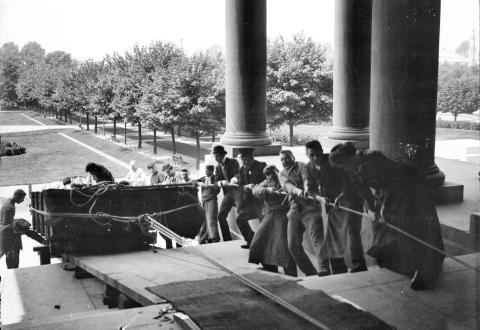
Hieroglyphs
Under the watchful eye of Thoth, the scribe devotes himself to his prestigious occupation. The thematic showcases present the different scripts of ancient Egypt and the materials used to write them.
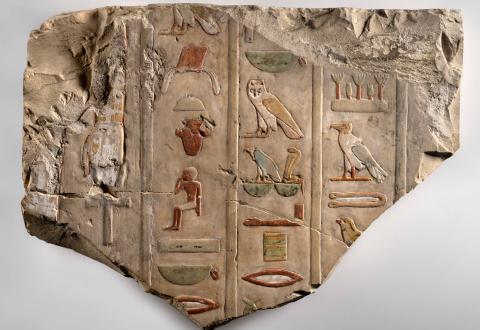
Deities
Ra, Osiris, Thoth, Anubis: numerous Egyptian deities populate the upper galleries of the Antiquities wing. A sphinx welcomes you, Sekhmet makes an impressive appearance, and the bronze votive images reveal almost the entire divine family!
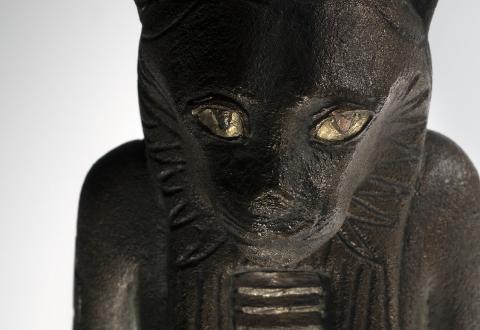
Jean Capart and Queen Tiy
The collection owes much of its current fame to Jean Capart (1877–1947), the founder of Egyptology in Belgium. A dynamic figure, he knew how to attract the interest of important patrons and make timely acquisitions on the art market or at public auctions.
When Capart purchased this relief in 1905, it was covered with graffiti that obscured its identity. Only after cleaning did the face of Queen Tiy, wife of Amenhotep III, clearly appear.
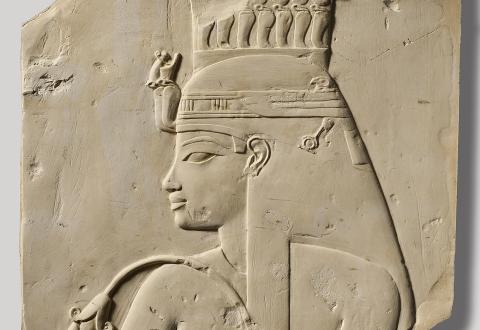
Contact
- Bruno Overlaet: b.overlaet@kmkg-mrah.be